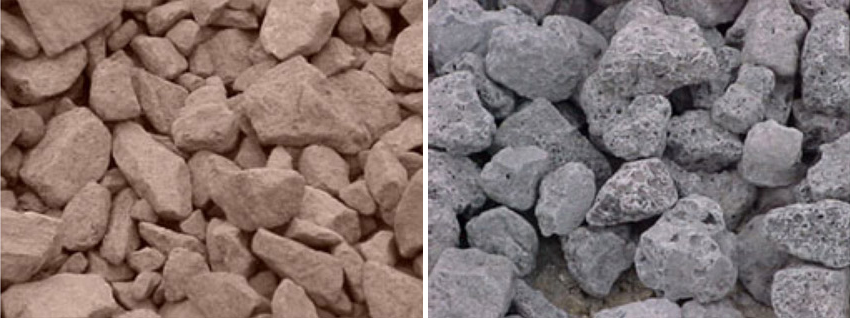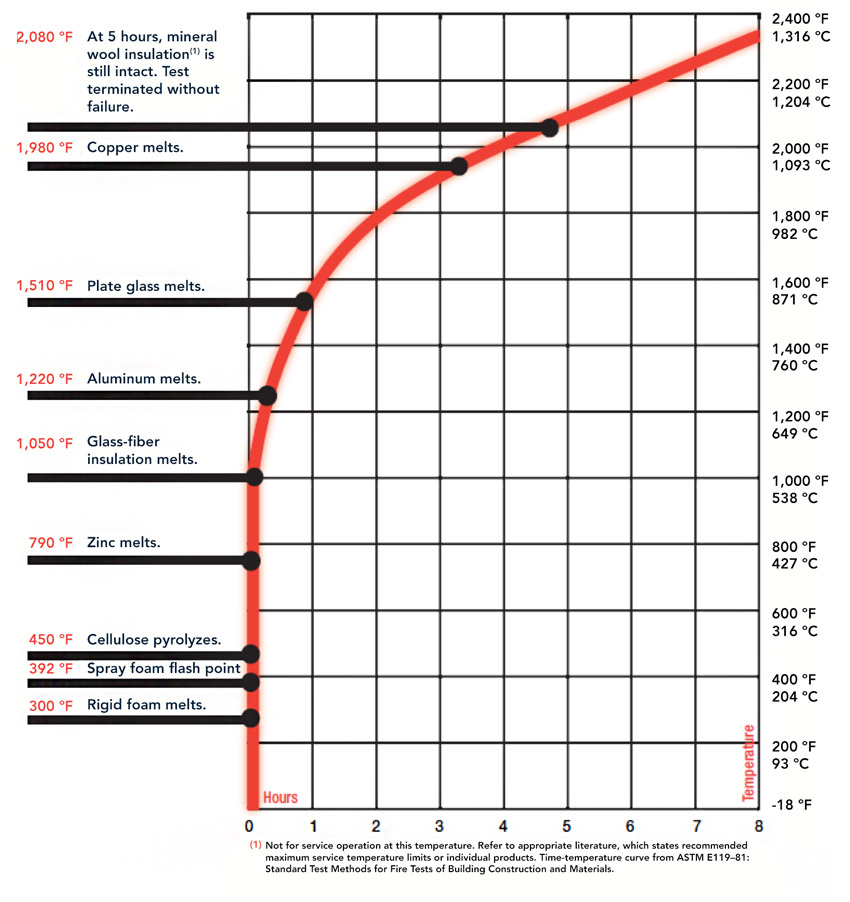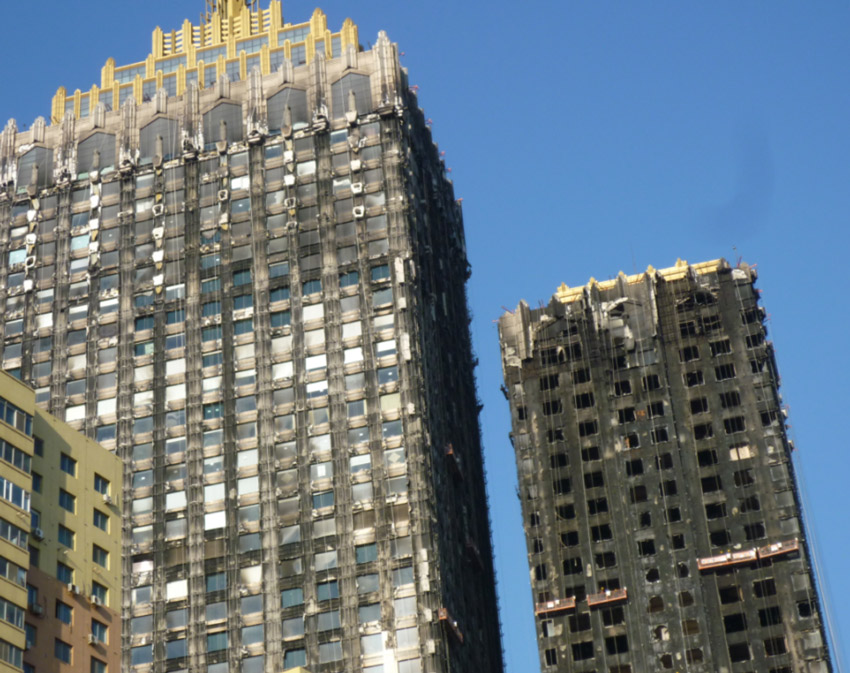Mineral Wool as a Continuous Insulation Solution
Learning Objectives:
- Identify the advantages and implications of using continuous insulation (ci) in energy-efficient exterior wall design and construction.
- Discuss key building and energy code requirements related to the use of continuous insulation.
- Explain the raw materials used to manufacture mineral wool ci as well as its manufacturing process.
- Describe the many benefits of mineral wool ci in sustainable, exterior wall assemblies.
Credits:
This course is approved as a Structured Course
This course can be self-reported to the AANB, as per their CE Guidelines
Approved for structured learning
Approved for Core Learning
This course can be self-reported to the NLAA
Course may qualify for Learning Hours with NWTAA
Course eligible for OAA Learning Hours
This course is approved as a core course
This course can be self-reported for Learning Units to the Architectural Institute of British Columbia
When designing exterior wall assemblies, selecting the type and placement of insulation within the wall is critical. Not only can insulation have a significant impact on the overall energy efficiency of a building, but it can also help minimize the spread of fire, manage risks associated with moisture and mold, improve occupant comfort, and more.

All Images courtesy of Owens Corning
Four different mineral wool solutions were used in the expansion of The San Francisco Museum of Modern Art (SFMOMA), which reopened in May 2016 following three years of construction.
To address thermal performance, wall systems almost always feature insulation batts, which are friction fit in between framing members. However, depending on the climate zone and construction type, insulation batts alone may not provide enough thermal resistivity to meet the thermal requirements prescribed in the energy codes. Accordingly, there has been a substantial increase in the use of continuous insulation, which can be used in conjunction with insulation batts to optimize thermal performance.
These changes represent a positive shift in wall design; however, the inclusion of continuous insulation does have important implications and raises new questions for AEC professionals. For starters, what is continuous insulation?
Continuous Insulation Defined
The ASHRAE 90.1 energy standard defines continuous insulation as “insulation that is continuous across all structural members without thermal bridges other than fasteners and service openings. It is installed on the interior, exterior, or is integral to any opaque surface of the building envelope.”

Due to thermal bridges such as framing members, the effective R-value of stud cavity insulation can be reduced by as much as 50 percent. In contrast, continuous insulation is often less subject to thermal bridges and can result in a much higher effective R-value. Both stud cavity insulation and ci can work together to provide significant thermal performance while minimizing wall thickness.
As the ASHRAE 90.1 definition suggests, continuous insulation is intended to minimize thermal bridging in exterior wall assemblies. Thermal bridging is the type of heat loss that occurs when heat flows through the building enclosure via a continuous path, such as wood framing or highly conductive steel framing members. (See the Thermal Performance of CI sidebar, which describes how framing can reduce thermal effectiveness of stud cavity insulation.)
Types of Continuous Insulation
There are several types of continuous insulation to choose from. This includes but is not limited to mineral wool, extruded polystyrene, polyisocyanurate, and spray foam. While each of these options provides some level of thermal resistance, they also feature substantial differences. For example, they offer varying degrees of fire resistance, moisture resistance, moisture vapor permeance, bendability, UV resistance, and sound absorption. Moreover, the sustainability attributes of ci can also be a key differentiator.
With multiple performance characteristics and product attributes to consider, selecting the right ci for a construction application is frequently determined by an assessment of strict must-have requirements balanced with some nice-to-have features.
Mineral Wool as Continuous Insulation
Mineral wool ci is a semi-rigid insulation board that is manufactured of bonded rock fibers. Since it is essentially born from rock, it is exceptionally fire resistant. In fact, it is one of the only (if not the only) noncombustible continuous insulation materials readily available in the United States. In addition to its inherent ability to help limit the spread of fire, mineral wool offers many other features and benefits (see following sections), which can make it a cost-effective choice for walls with CMU or steel frame backup. In addition, it can be used behind combustible and noncombustible cladding types, ranging from brick veneer and single-skin metal panel to high-pressure laminate and fiber cement.

Natural rocks (left) and slag (right)
Raw Materials
Mineral wool was originally created using mined natural rock. However, over the years, the availability of low-cost by-products with similar chemical makeup as mined rock have been made available. One such raw material is a by-product of the steel industry called blast furnace slag, which is made up of spent iron ore and limestone. The use of slag allows mineral wool to achieve one of the highest recycled contents in the industry and thereby minimizes its environmental impact. Every year, the mineral wool industry recycles millions of tons of waste slag. In addition, unlike foam plastic insulation, mineral wool does not use any blowing agents or flame retardants in its production.
Manufacturing Process
Rock and slag are melted in cupola furnaces at temperatures exceeding 2,600 degrees Fahrenheit. Next, the molten lava is spun into fibers using compressed air and high-speed spinning wheels. This process may leave mineral wool with a high embodied energy status, but this is offset by the energy saved in the material’s use phase. For example, after only one month of use, 1 pound of mineral wool insulation saves the same amount of energy used in its manufacture. Because of the manufacturing process, mineral wool fibers can withstand high temperatures, which is why it has excellent fire-resistant properties.
Benefits
The advantages of using mineral wool as continuous insulation are many, including:
Fire performance. ASTM E 119 is a fire performance standard that tests building materials. The E 119 test is based on the time and temperature of a fire. Fires ramp up in temperature over time. The curve below illustrates how different building products perform.

This chart compares a number of insulation products. At the very top of this chart, you can see that after 5 hours and temperatures over 2,000 degrees Fahrenheit, the test was stopped with the mineral wool insulation still intact.
Noncombustible and fire resistant. Mineral wool insulation is noncombustible and, in the event of a fire, it will not burn or release harmful smoke and hot gases. For these reasons, China’s building industry, which has experienced several high-profile and deadly fires directly attributed to the use of combustible insulation, has changed its building code to mandate the use of mineral wool in structures more than 26 meters tall.
Similarly, in the United States, mineral wool has been used for fire containment in multistory buildings for decades. For example, semi-rigid mineral wool is frequently used in fire-rated curtain wall assemblies to minimize the passage of flame and hot gases from the floor of origin to the floors above (Reference ASTM E 2307 for more information). More recently, mineral wool ci is being specified in cavity wall systems and open-joint facade assemblies because it can significantly limit the spread of fire across the exterior wall surfaces of a building as well. In fact, manufacturers of combustible claddings and air barriers often require mineral wool ci as part of their NFPA 285 compliant wall assemblies.

This 2011 photo of the Sheraton Hotel buildings in Shenyang, China, shows the aftermath of the fire that completely burned both of these buildings. Fires like this prompted China to begin requiring the use of mineral wool in exterior wall assemblies in all buildings more than 26 meters in height.















